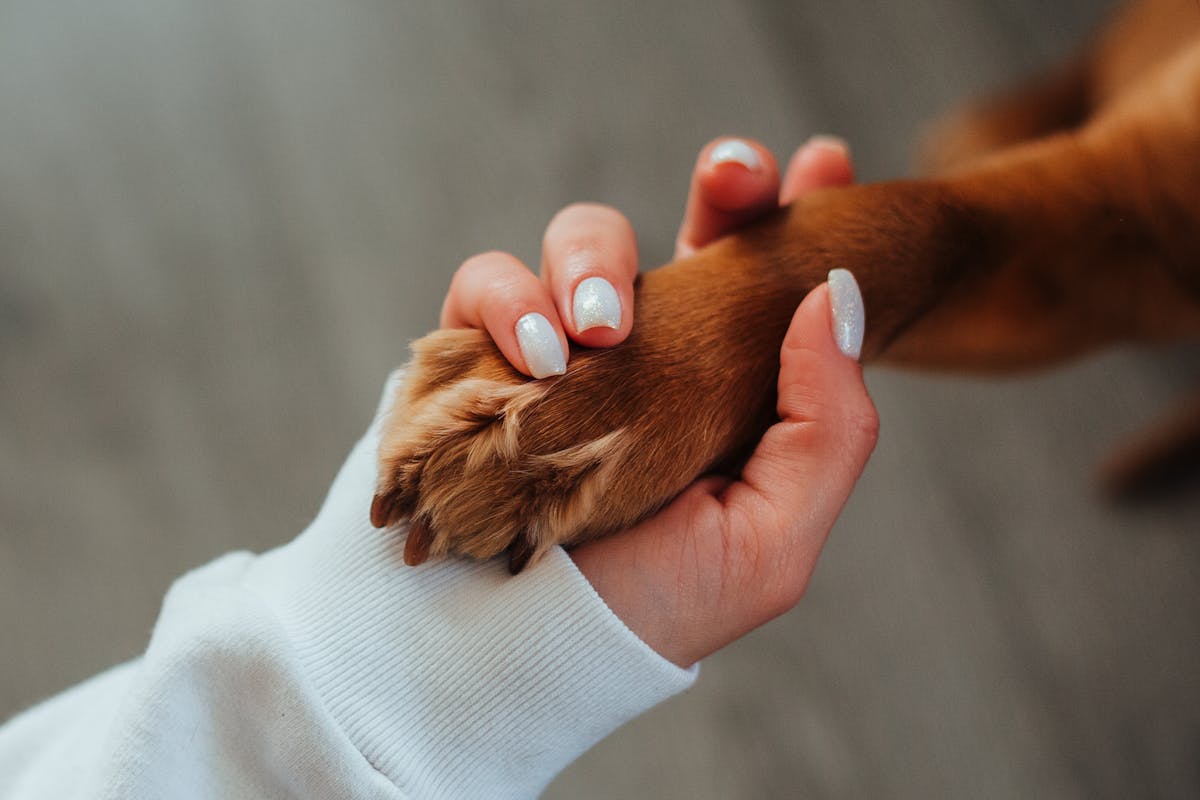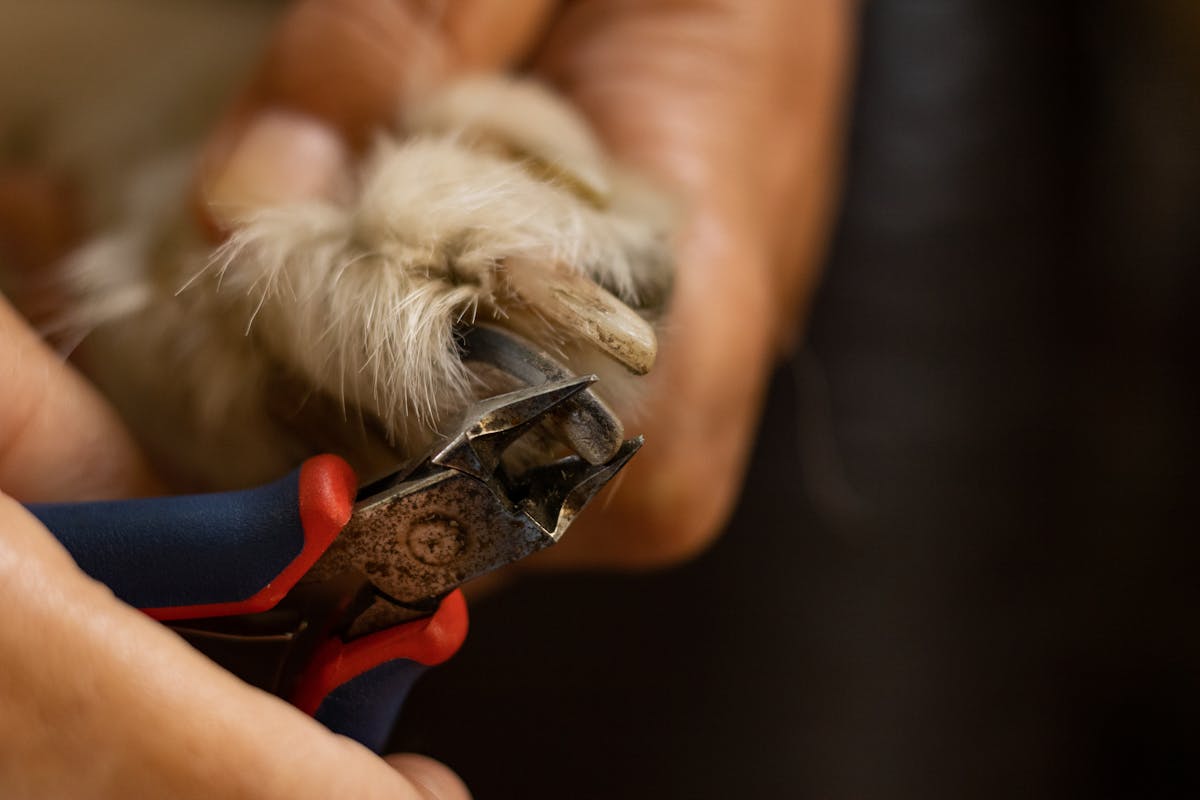Introduction
You’re playing fetch with your dog, and suddenly your arm is scratched as it excitedly jumps at you. He sits waiting for your next throw, and wondering why you’re suddenly not playing.
‘Looks like you need a trim now, Charlie.’ you say to him.
Trimming your pet’s nails isn’t something you can avoid. They get too sharp and can harm you, themselves or even accidentally destroy things in your home. But if your pet is just a baby or if it runs away and hides when you bring out the clippers, this article is just the one for you. Together we will look at what tools you need to trim your pet’s nails, how much it costs and effective methods of getting those sharp dangerous nails cut.
Nail trimming is a part of general pet grooming to keep a pet in good healthy condition. This also involves bathing, brushing, trimming, and ear cleaning. There are professionals who specialize in pet grooming but if you’d like to do it yourself, read more in our blog 6 Essential and Simple Tips for Grooming Your Pet at Home

Best Tools for Trimming Your Pet’s Nails
You want to make sure the tools you’re using to groom your pets’ nails aren’t causing harm or making them scared. Nail trims don’t have to be difficult. Let’s make it easy and fun! Here are a list of tools you can use to trim your pet’s nails:
- Clippers – Clippers are the most common form of nail trimming tool. They remove excess growth at once. These cost $7 to $15.
- Paw mat: Your pets can get tired from standing on hard surfaces for too long. A paw mat can help get them relaxed while you trim their nails. The price for this ranges anywhere from $25 to $60.
- Paw Cleaner: You want to start with a clean foundation before grooming, especially if you’re doing the trimming after they’ve spent time outside. These cost $7 to $20.
- Nail smoother/grinder: If you’re scared of trimming your pets nails and worried about hurting them with a scissor, the recommended tool is a nail smoother. Instead of trimming your pet’s nails, file them! This gives you a lot more safety and control. These cost $10 to $15.
- Scratch pad: If your pet doesn’t want to be held while getting their nails done, you can introduce a scratch pad with treats on it so they use it on their own. That way your pets keep their own nails even and smooth. These cost $10 to $20.
Ways to Desensitize a Pet (Cooperation is key to future trims)

The reason your pet hates getting nails trimmed is because they’re either not used to it or have had a previous bad experience. If you have a pup or kitten, it’s important to get them desensitized as early as possible. Here is a list of simple yet effective ways to get your pet to be less afraid of nail trims and more cooperative forever.
- Play with your pet’s feet. If pets aren’t used to being touched there, they will act up when it’s time for a trim.
- Use positive reinforcement. Treats are a great to get your pet to sit still for a trim. You can also use verbal positive reinforcements.
- Have lots of patience. You don’t want to rush trimming your pets nails.
- Use good tools that are sharp so they clip cleanly, not pulling or pinching.
- If the tool you’re using makes noise (eg a nail grinder), get them used to the sound.
- Be super careful to never cut too close! Make it a painless experience. Less is better!
Do’s and Don’ts of Trimming Your Pet’s Nails
- DO trim your pet’s nails every 3-4 weeks
- DO trim nails one toe at a time
- DO file down/round edges of nails after a trim
- DO reward good behavior before, during and after a nail trim
- DO NOT cut past the pink on white/clear nails
- DO NOT cut past the small black dot on black/ dark nails
- DO NOT ignore signs of distress or discomfort when trimming your pet’s nails
Conclusion
If you’re not comfortable with trimming your pet’s nails by yourself, be sure to consult a vet tech or certified groomer for instructions.
Now that you’ve trimmed Charlie’s nails, you both can play happily and safely!





